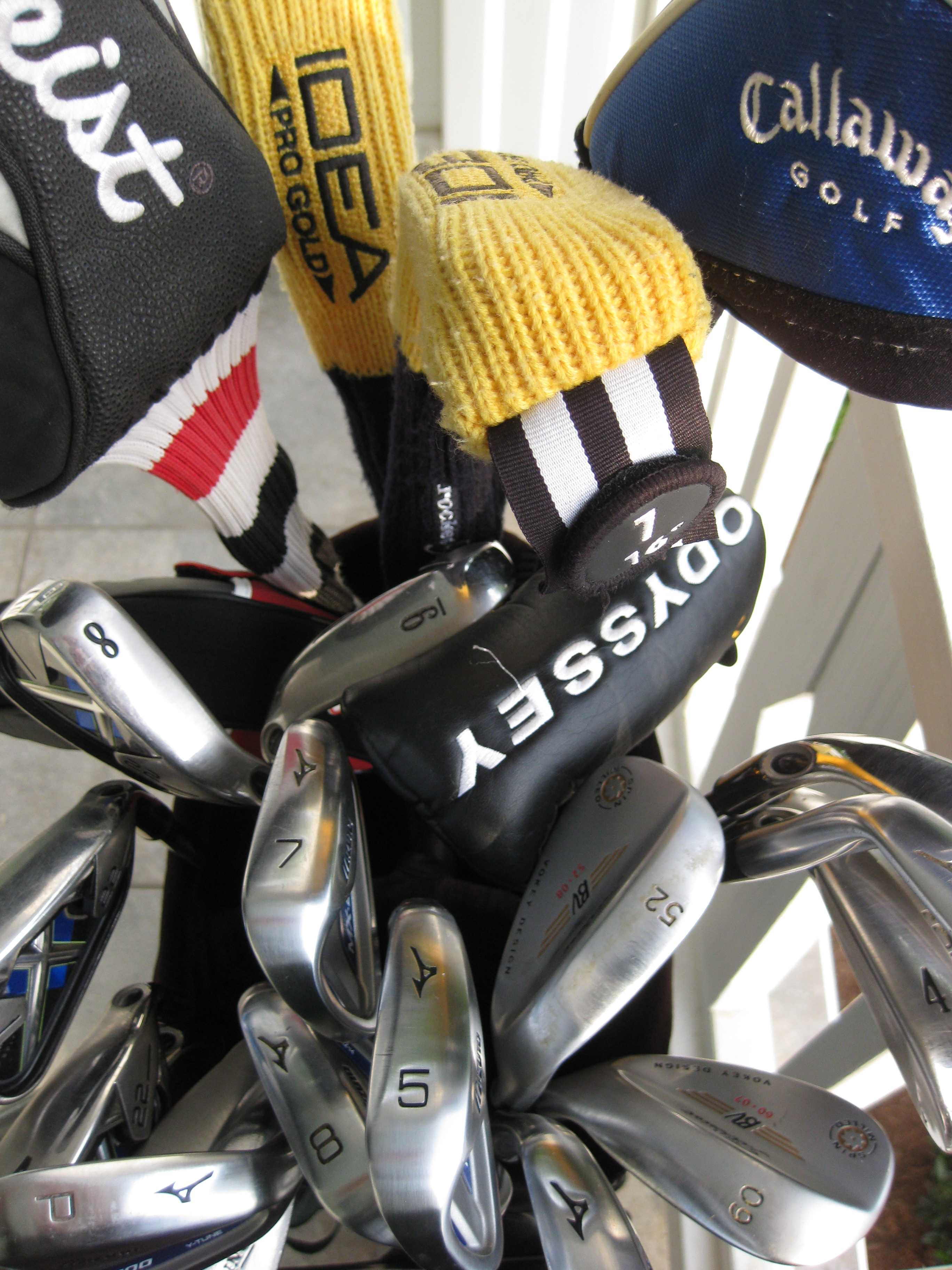How to Fit Yourself for the Right Driver
Okay, so now that you have the basic factors down, let’s talk about how to find the right club. Remember, you can do this on your own without paying anyone to fit you. Here’s how. Continue reading “Your Golf Equipment Buying Guide, Part II: The Driver (cont)”
Your Golf Equipment Buying Guide, Part II: The Driver
Basic Factors to Consider
Is your driver more than three years old? If so, golf club manufacturers would say it’s time for a new one. I was skeptical too, but when I finally bit the bullet and bought a modern driver, I couldn’t believe the difference (and my old driver was only five years old). If you’re serious about your game, it’s well worth the investment.
Finding the right driver isn’t hard. Contrary to popular opinion, you don’t need to pay anyone to tell you what you should be swinging. You can do it yourself — you just need to know what to look for. We’ll spend this post discussing the four simple factors to consider when buying a driver, and then next time we’ll talk about how to get it done.
 1. Loft
1. Loft
The higher the loft on your driver, the higher the launch angle and the more backspin. For players who have faster swing speeds (generally better players), too much loft can be detrimental. More loft creates more spin and more height, and this leads to high ballooning shots that get caught in the wind and don’t go anywhere. On the other hand, for those with slower swing speeds, higher loft will help get the ball started on a higher trajectory, and this will increase carry distance.
Most manufacturers sell drivers with lofts ranging from 8 degrees to 12 degrees. To check the loft on a driver, look at the bottom of the club (see left). Continue reading “Your Golf Equipment Buying Guide, Part II: The Driver”
Your Golf Equipment Buying Guide, Part I: Myths Debunked
Thinking about spending your next paycheck on some new clubs? Great! This is the first installment of your golf equipment-buying guide. For better or worse, I spent the last year systematically replacing every club in my bag.  Along the way, I learned a few things that you may find useful. Let’s clarify a few things before we even begin to contemplate heading out to kick the tires on the latest and greatest in golf equipment.
Along the way, I learned a few things that you may find useful. Let’s clarify a few things before we even begin to contemplate heading out to kick the tires on the latest and greatest in golf equipment.
Myth #1: I’m not good enough to buy new clubs.
Another common varation of this avoidance tactic is “I should really fix my swing before I consider getting new clubs.” Here’s the thing — having the right equipment can actually help your swing. Many of us make ill-conceived adjustments to our swings to compensate for clubs that aren’t right. Maybe it’s a hunched-over posture to compensate for a 9-iron that’s too short, or an excessively weak grip to make up for a driver head that has a two-degree closed face. Whatever it is, the equipment we play often dictates the way we set up and swing. Get the right equipment and you’ll have a better shot at swinging the club correctly. Besides, there’s no such thing as not being good enough to buy a club that you love. This game is about enjoyment. The more you like hitting your clubs, the more you will enjoy the game. Continue reading “Your Golf Equipment Buying Guide, Part I: Myths Debunked”
Your Golf Equipment Buying Guide
Thinking about buying new clubs? I think I can help.
For better or worse, I’ve spent the last year systematically replacing every club in my bag. Along the way, I’ve read equipment reviews, talked to club pros, hit hundreds of balls with dozens of clubs, bought clubs, sold clubs, traded clubs, gotten fitted for clubs, watched other people get fitted for clubs, spent too much time in Golf Galaxy, experienced buyer’s remorse, and finally ended up with some sticks I’m happy with. If I had to do it all again, I’d do it much differently.
In this new series of blog posts, “Your Golf Equipment Buying Guide,” I’ll share my lessons learned. I’ll assume you’re like me – uninterested in the technical jargon, very interested in finding a club that feels good and hits it straight. Here’s what you can expect over the next number of weeks: Continue reading “Your Golf Equipment Buying Guide”
